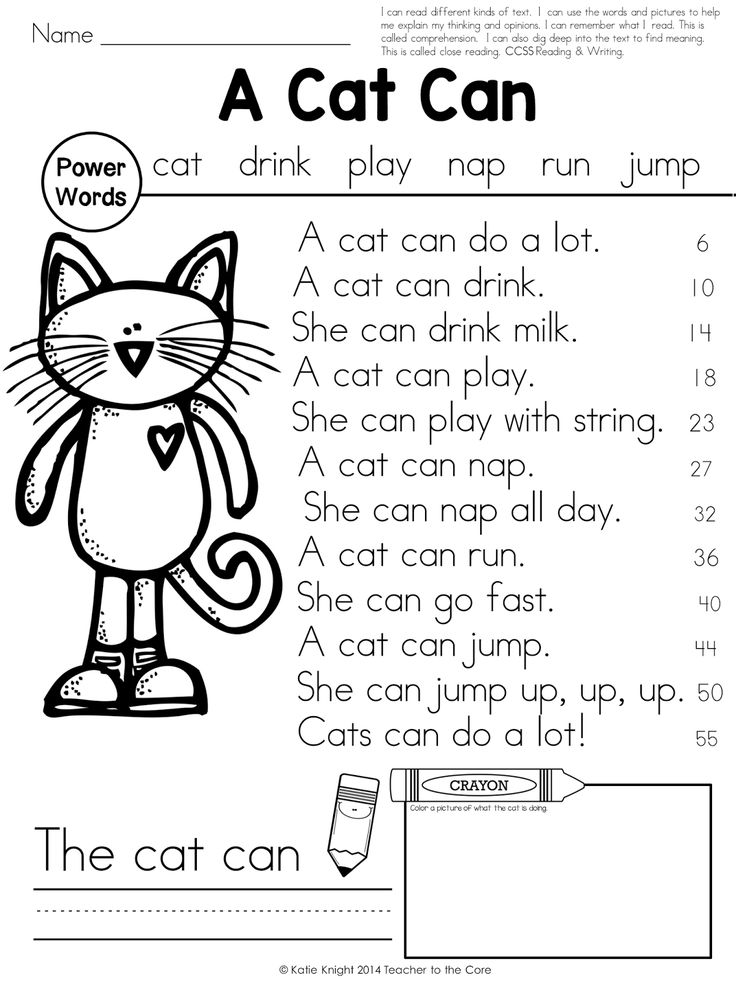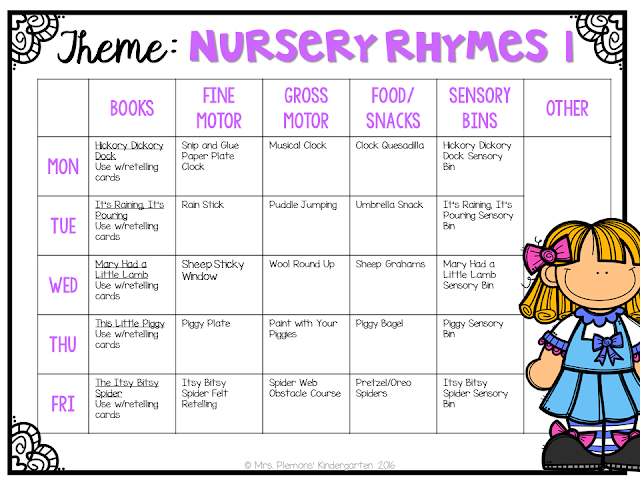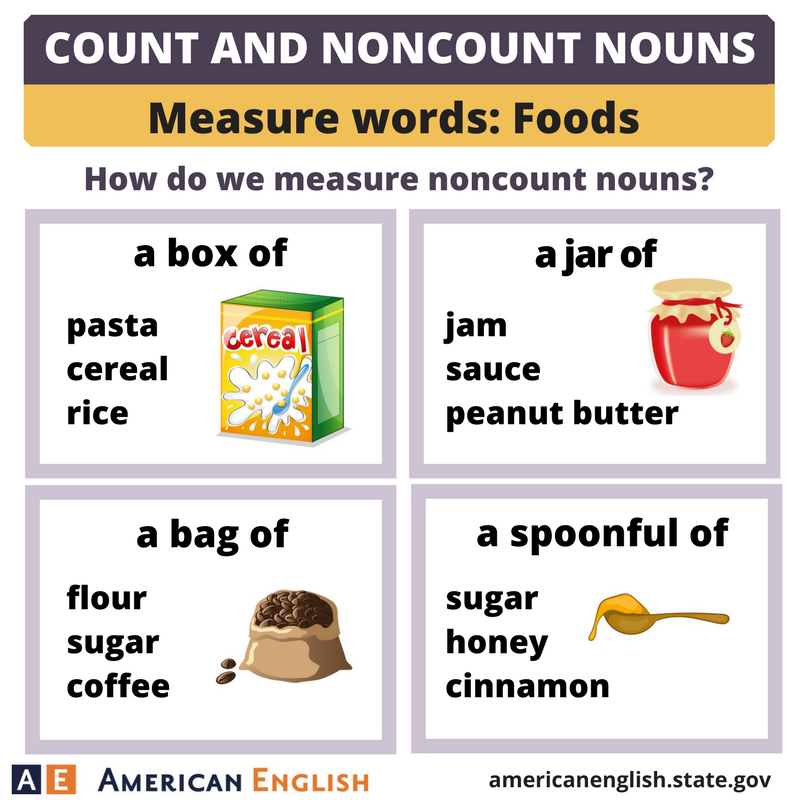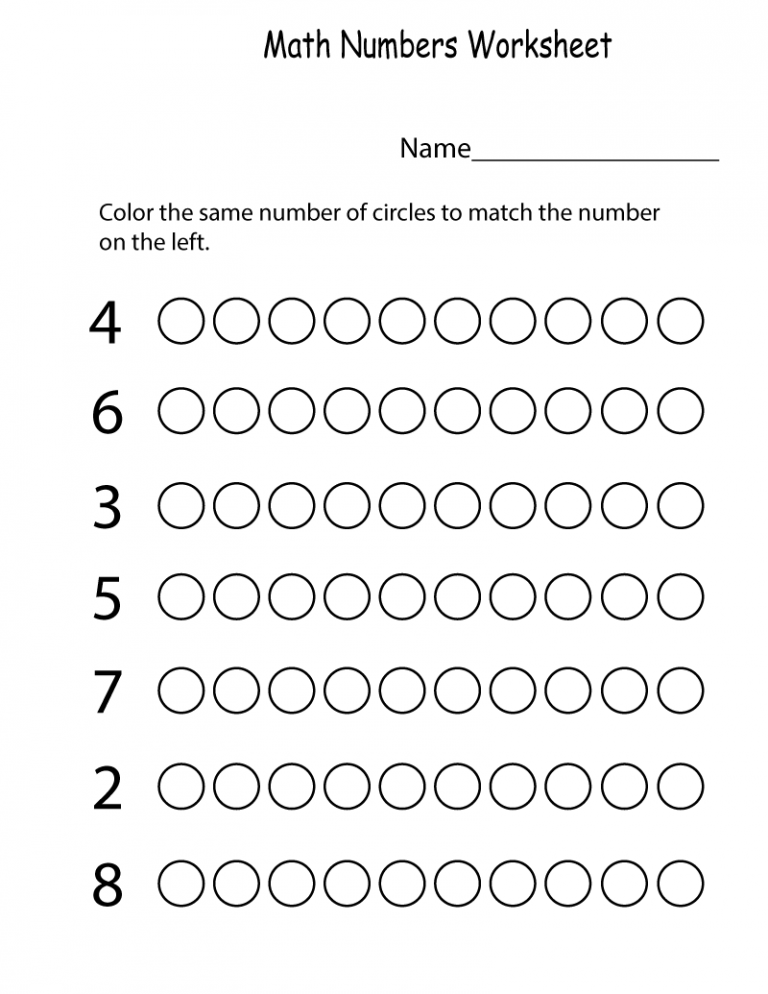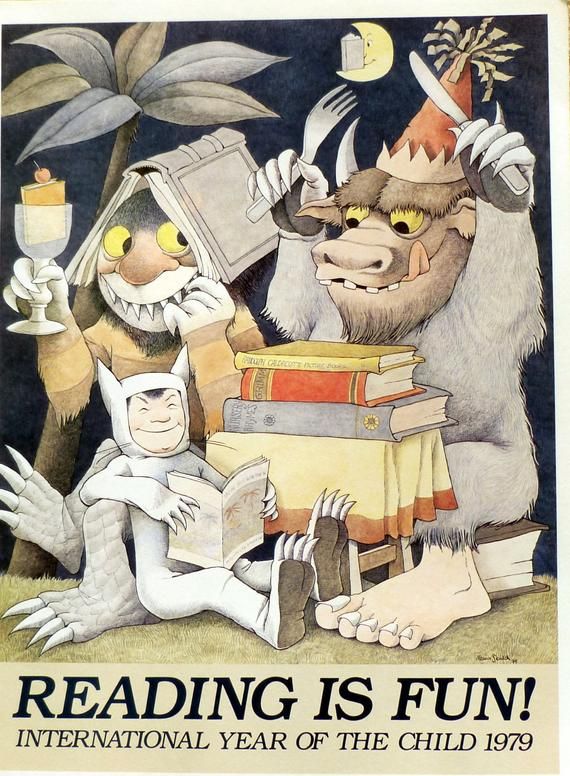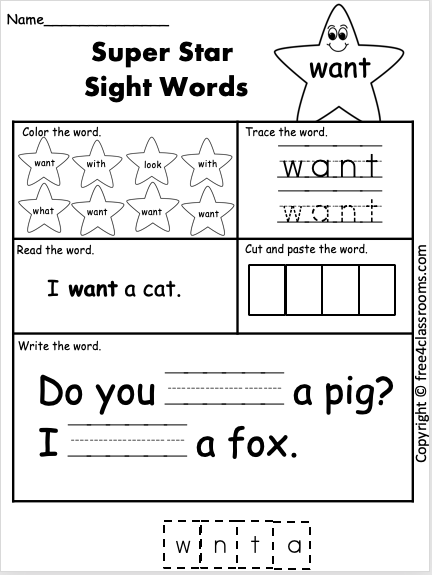What is a family ritual
41 Family Rituals That Teach Responsibility, Positivity, Kindness
Every night at bath time, my three-year-old daughter chooses five bath toys, and we take turns tossing them into the tub. “CANNONBALL!” we shout.
Once all the toys are in the water, I turn to my daughter. “Hmm…something’s missing. What is it?”
She grins, jumping up and down. “Me! Me! Me!” she chants, until I scoop her up and put her in the tub.
It may sound silly, and it’s certainly very simple, but this is one of our family rituals. This one-minute ritual brightens our moods, strengthens our bond, and even makes my daughter look forward to bath time each evening.
You probably have several family rituals and traditions of your own, perhaps without even realizing it. But if you don’t have any yet, or if you’d like to create some new ones, read on for family rituals and traditions ideas and inspiration!
Before you continue, we thought you might like to download our FREE Personal & Family Values. This printable provides a great opportunity for your family to explore and identify values that can help guide you and your children in making the right choices.
What are family rituals?
It’s sometimes difficult to distinguish between rituals and routines. According to psychologist Barbara H. Fiese, rituals and traditions symbolically communicate the idea that “this is who we are” as a group, providing continuity in meaning across generations.
On the other hand, routines are a way of communicating, “This is what needs to be done.”
For example, bathing your child at 7:00, followed by bedtime at 7:30, is a routine. But if you incorporate personalized moments like a special kiss, handshake, or song, you can transform the routine into a meaningful ritual.
Why are family rituals important?
Rituals allow families to slow down and connect, and they’re associated with all sorts of powerful benefits.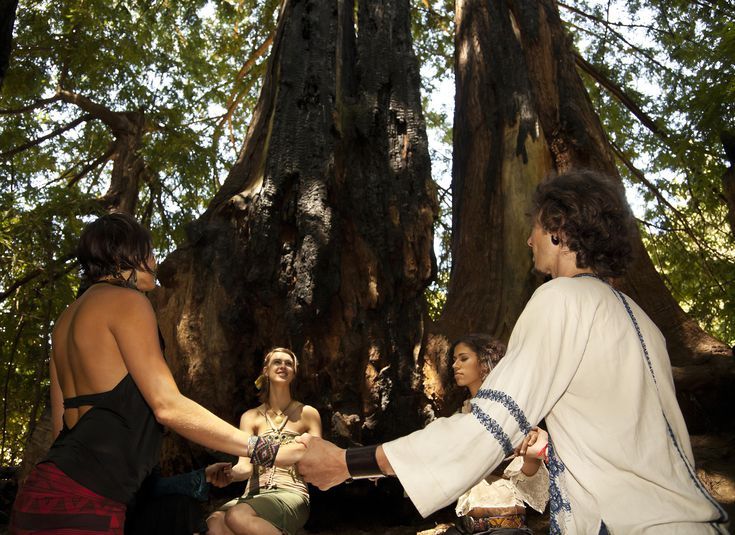
Fiese and her colleagues at Stanford conducted a review of 50 years of research on family rituals and traditions, published in the American Psychological Association’s (APA) Journal of Family Psychology.
According to the review, both family routines and rituals provide stability and are associated with adolescents’ sense of personal identity, children’s health, academic achievement, and marital satisfaction.
Maintaining these routines and rituals even during times of transition like divorce can lower levels of conflict and help children adjust to change, protecting them from the proposed risks of nontraditional families.
If you’re interested in starting some family rituals (or adding to your current list), take a look at the 41 best examples of family rituals and traditions below.
Family rituals that teach responsibility
Rituals can be a fun way to teach your child responsibility.
1. Assigned Tasks - For example, assign each family member a specific task when setting the table: one family member clears the table, another sets out napkins, one distributes silverware, and a fourth lights some candles.
You can do the same when preparing breakfast, lunch, or dinner, perhaps to the sounds of our “Love Yourself Mix” on Spotify.
The word “chore” has a negative connotation, but you can make chores a positive family ritual that teaches responsibility.
In many cases, kids don’t mind helping out - it makes them feel special and capable! And family chores can teach your child that your family is a team that operates best when they contribute.
2. Rotating Chores - For instance, have a rotating chore chart on a whiteboard that changes each Sunday. Or you could write a variety of chores on Popsicle sticks, then have each family member draw a stick or two to determine their chores for the week.
3. Designated Chore-Time - Designate a particular time each week (usually Saturday or Sunday afternoon) when the entire family comes together to clean the house. You can play music, talk, laugh, dance around - but the chores must get done!
4. Collaborative Projects - Finding projects that the entire family can collaborate on is also a lot of fun, whether you are shelling peas, doing one of the activities from painting a wall, or constructing a crib for an upcoming addition.
Collaborative Projects - Finding projects that the entire family can collaborate on is also a lot of fun, whether you are shelling peas, doing one of the activities from painting a wall, or constructing a crib for an upcoming addition.
These rituals show your children that hard work can be fun, and they’ll learn about responsibility from a young age.
Rituals that promote kindness and compassion
Rituals like loving-kindness meditation and volunteering as a family can teach your child the importance of kindness and compassion.
5. Loving Kindness Meditation - It involves thinking of loved ones and sending them positive thoughts or “good-hearted wishes.” You can eventually expand the positive thoughts to more neutral people in your life as well.
The four traditional phrases are, “May you feel safe. May you feel happy. May you feel healthy. May you live with ease.” But the exact well-wishes your family uses aren’t important; it’s about generating feelings of kindness and warmth.
Research shows that loving-kindness meditation results in increased mindfulness, purpose in life, and positive social behaviors, like generosity.
6. Family Volunteering - Find a place you’d like to volunteer as a family, such as a nursing home, an animal shelter, or a soup kitchen.
Alternatively, have your children help with projects like donating food, clothing items, school supplies, or toys.
When you volunteer as a family, you set a great example for your children and teach them to demonstrate compassion and kindness.
Rituals that boost positivity
Try the suggestions below to help your family de-stress, reflect, and ultimately boost positivity.
7. Family Cuddle Time - Kelly Holmes, the author of Happy You, Happy Family, found an after-school/after-work ritual that helps her family slow down and spend genuine quality time each day. Every day when her family arrives home, they pile into bed together and cuddle for five minutes.
They call it “family cuddle time” or “cozy up in bedtime.” They spend the five minutes cuddling, talking, and laughing together as a family.
As a result, their evenings are happier and less stressful. Family members laugh more, help more, and argue less.
8. Reflecting on the Day - Another element of family cuddle time is discussing each family member’s day. However, this can be incorporated into just about any ritual, including dinner and bedtime rituals.
Sometimes, talking to your kids about their day isn’t easy. They may be hesitant to share or dismissive of your questions. Use the following tips to make the most out of this ritual:
- Make sure you’re not using “yes” or “no” questions. Instead, ask questions that begin with “how” or “why.”
- Make the questions fun! It shouldn’t feel like a test, and your child shouldn’t feel put on the spot.
- Listen to your kids instead of guiding them to give any particular answer. If your child responds with, “I don’t know,” explain that there’s no right or wrong answer to your question.
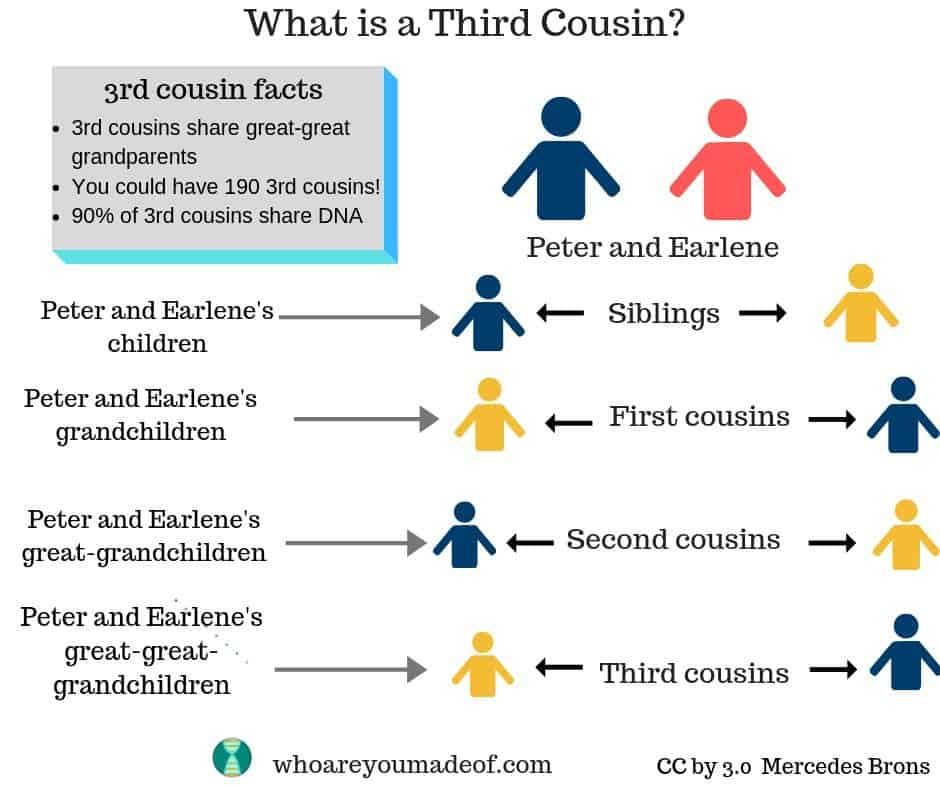
Family sharing rituals can also be more specific, like having everyone say one thing they’re grateful for at Sunday dinner or sharing one success and one challenge each day.
9. “High, Low, and Buffalo” - Another idea is “High, Low, and Buffalo” as suggested by Audrey Monke, summer camp director and mother of five. Each family member shares the high point of their day, the low point of their day, and a buffalo (anything else they would like to share).
Open communication, laughter, and understanding will promote positivity that brings your family closer.
Rituals that build a strong family connection
Bedtime and dinnertime rituals are among the best ways to foster connection with your family members.
Bedtime rituals give you a chance to connect with your children and help them relax before they go to sleep. You may want to try some of the ideas below, or a combination.
10. Massage - If your child responds well to touch, end each evening with a calming massage before bed.
11. Songs - Choose a few favorite songs to use as “goodnight songs,” or have your child pick a song each night.
12. Stories - As with songs, you may have a few favorites that you use each night, or you can allow your child to choose nightly. Pull a few selections from our list of Top 85 Growth Mindset Books for Kids. And to foster their creative skills, ask your children to choose three objects or characters, then ask them to tell you a story based on their selections.
13. “Goodnight, Nose!” - Bedtime rituals can also be something silly, like saying, “Goodnight, nose!” while tweaking your child’s nose, then, “Goodnight, toes!” while gently tickling her toes, and so on, saying goodnight to various parts of your child’s body.
14. Love List - When you tell your child goodnight, you can say, “Mommy loves you. Daddy loves you. Grandma loves you,” going through a list of the many people who love and accept your child.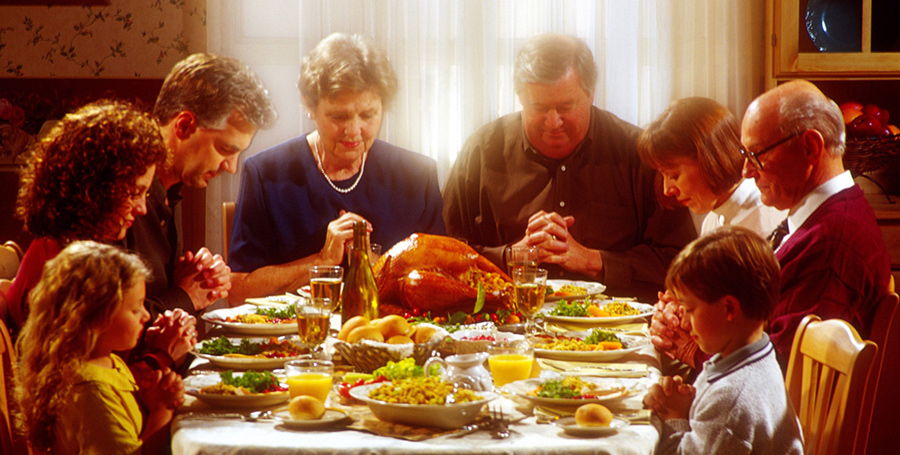
Dinnertime rituals are very powerful. Shared family dinners are associated with academic achievement, improved moods, and lower depression and anxiety rates. They’ve also been shown to decrease the likelihood of high-risk teenage behaviors like drinking, drugs, violence, and sexual activity.
15. Sharing Time - Take turns going around the table and sharing about your day each evening.
16. Shared Tasks - Have each family member contribute something to dinner preparation, making meal prep a shared endeavor.
17. Take Turns - Take turns choosing your favorite meals based on a schedule, random drawings, or specific achievements.
18. Theme Dinners - Have weekly “theme” dinners, like Taco Tuesday, Pizza Fridays, Sunday Sundaes, etc. These are even more fun if you incorporate a toppings bar and let each family member personalize their tacos, pizza, or sundae.
19. Sample New Foods - Sample dinners from different cultures each month or try (and rate) different cheeses as appetizers.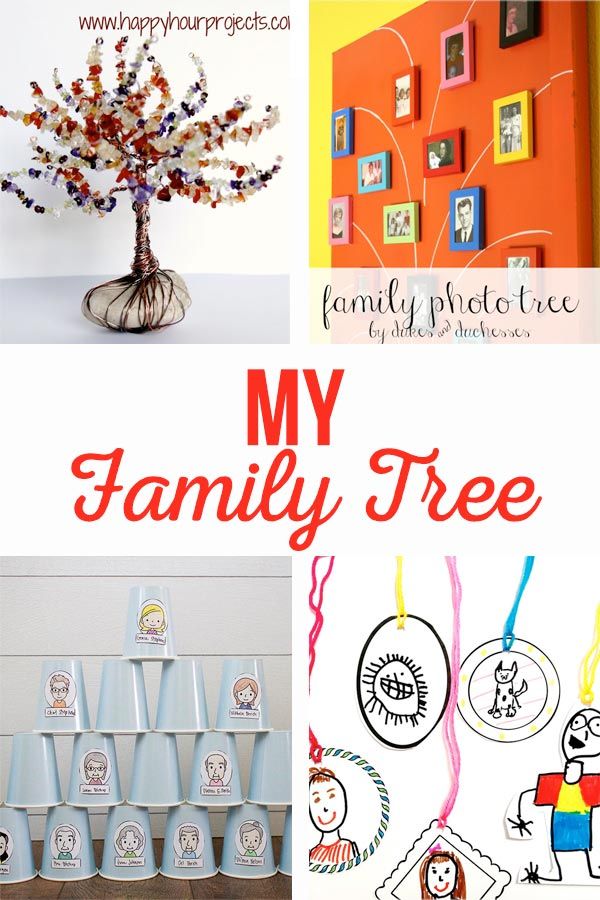 Maybe you even have a special family blessing you say each night or a dessert you make when someone in the family reaches a major goal or achieves something awesome.
Maybe you even have a special family blessing you say each night or a dessert you make when someone in the family reaches a major goal or achieves something awesome.
It doesn’t matter how complicated or simple your rituals are - the point is that they make dinner a memorable and meaningful time for your family to connect.
Don't forget to download our FREE Personal & Family Values. These colorful and easy-to-use cards will help guide you and your family in making the right choices.
Rituals that develop a sense of belonging
The best rituals also give children a sense of belonging and acceptance. This can be accomplished with something as simple as a special greeting or farewell.
20. Special Greetings/Farewells - For instance, say, “See you later, alligator!” while your child responds, “After a while, crocodile!” Alternatively, you say goodbye to your child with a “kissing hand,” as in the popular children’s story A Kissing Hand for Chester Raccoon.
21. Special Handshakes - Have a personalized handshake with each of your children, making them feel unique and special.
Even these brief rituals demonstrate that your child is a cherished part of something special: your family.
Holiday rituals and unique family events also send the message that your family is a unit and that your child is an accepted and important member of this unit.
If your family celebrates Christmas, try the following:
22. Hayride - Go on a hayride each year, perhaps around a Christmas tree farm where you pick out your tree annually.
23. Christmas Lights - Drive around the neighborhood marveling over the Christmas lights, then vote on the best-decorated houses.
24. Decorating the Tree - Decorate the tree while listening to carols, then eat bowls of chili by the fireplace.
25. Ornament Traditions - Each year you can make ornaments with your children, or you buy a special ornament symbolizing something that happened that year.
26. Reindeer Food - You can leave cookies out for Santa and celery and carrots for the reindeer too.
If you celebrate Hanukkah, consider the following ideas:
27. Personalized Latkes - Make customized latkes with ingredients that your children select.
28. Dreidel - Play dreidel with jelly beans or other candies, making it more personalized and exciting for your children.
29. Songs - Sing Hebrew songs, particularly any family favorites or songs that hold significance to you and your family.
30. Act - Act out stories like the story of the Maccabees, complete with fake swords.
New Year’s is a great time for reflection on the year, and these rituals can help you take a look back:
31. Family Videos - Watch family videos or a slideshow of pictures to reflect on the year, laugh and discuss your best family moments.
32. Show Gratitude - Keep a “Gratitude Jar” throughout the year. Any time you’re especially grateful for something, write it on a slip of paper and put it in the jar. You can then review the slips of paper at the end of the year, creating a warm and positive transition into the new year.
33. Birthday Songs - A birthday ritual can be as simple as a special birthday song that you sing.
34. Personalized Cake - Make a special cake for each family member’s birthday (their favorite kind, of course).
35. “Anything Goes” Breakfast - Or perhaps on birthdays, your kids can eat anything they want for breakfast, even cupcakes or ice cream!
36. Invent Family Holidays - In my family growing up, we had Mother’s Day, Father’s Day, and “Kid’s Day,” an invention of my dad’s. He would give us cards and take us to do something special. Usually, this culminated in a trip to the Dairy Queen, then eating the blizzards in a fort in our backyard.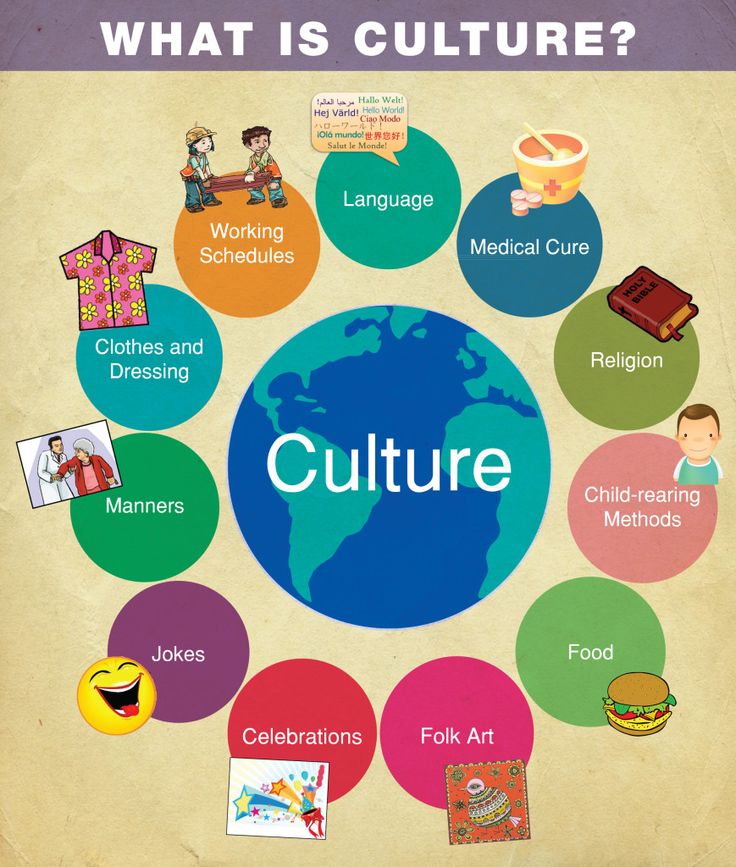
Unique family events, like the following, promote a sense of belonging as well.
37. Weekly/Monthly Theme Nights - You might want to try introducing a theme night that your family does weekly or monthly, like Board Game Nights or Movie Nights. For movie nights, check out our list of 75 growth mindset movies for kids.
Set up specific rituals related to these nights. For instance, a different family member chooses the game or movie each time. Perhaps Movie Night is always accompanied by popcorn, and Board Game Night typically means pizza. Maybe the whole family wears pajamas and drinks hot chocolate.
38. Sunday Morning Pancake Breakfasts - If every Sunday seems like too much, have a special pancake breakfast on the first Sunday of every month.
39. Monthly Nature Walks - Use our Brain-Building Nature Crafts printable to make your nature walks even more fun.
40. Favorite Restaurants - For instance, eat pizza at the same local restaurant after every soccer game.
41. Living Room “Camp-Outs” - “Camp out” in the living room monthly or every so often. You can build a tent, make microwave s’mores, tell stories, use flashlights to create shadow puppets, and so on.
Remember that creating a real family ritual means sticking with it. So think of something that every family member would enjoy - and that won’t be much of a hassle to carry out consistently.
Be sure to check out our Growth Mindset Conversation Cards to help build family connections. This beautifully illustrated deck of cards offers 52 interesting questions to help kids and grown-ups share thoughtful discussions about growth mindset, kindness, resilience, gratitude, and more.
100+ Examples, Tips, & Guide to Bring Your Family Closer!
This post may contain affiliate links for your convenience. That means that if you make a purchase, I will receive a small commission at no extra cost to you. Read more here.
What is a family ritual and how can you use them to bring your family closer together? Even if you can’t think of any family ritual examples off the top of your head, you probably perform some of them in your home without even realizing it!
While family rituals can look different across generations and cultures, most of them have customs and traditions that are special to them, which is important in forging strong and loving bonds.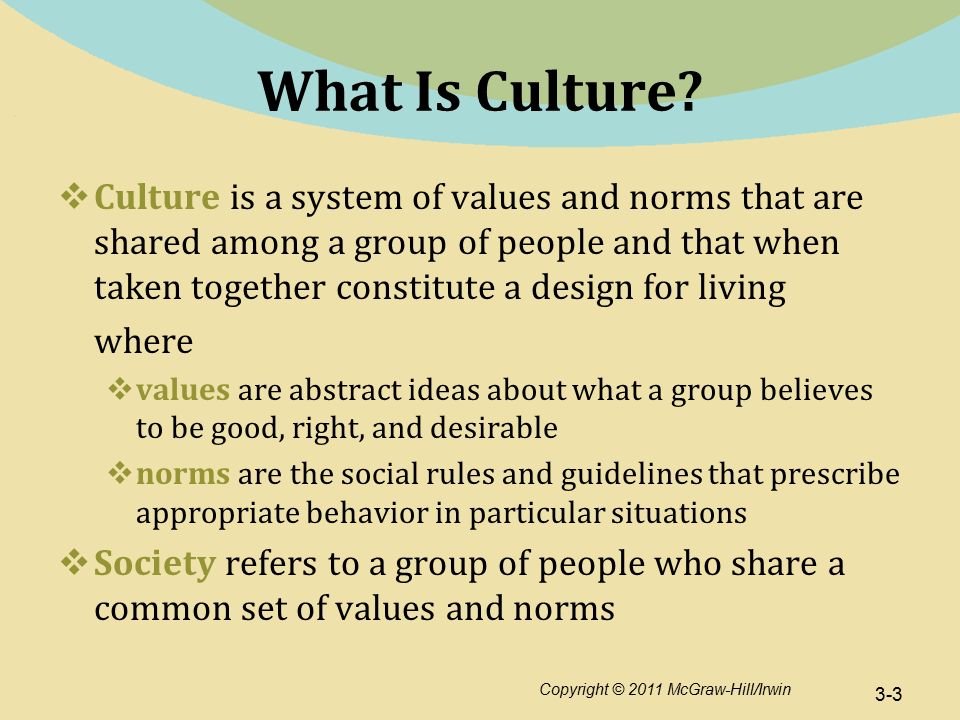
So if you’re looking to add some more family rituals to your family’s routine, this is a good jumping point to get inspired. Let’s dive in!
What is a Family Ritual?
Family rituals can best be described as routines, habits, traditions, or activities that you do on a consistent basis with your loved ones.
How often the family rituals or routines are repeated can depend on the family and the nature of the ritual; some family traditions might be performed once a year or only on certain holidays and others are done every single day!
Kids will grow up loving these family rituals and may even pass them down to the next generation.
Why are family rituals important?
Family rituals are important because they help bring families closer, teach kids important life skills and help them feel safe and secure, as well as pass on cultural traditions and values. A lot of fun and loving memories are created in these shared moments!
Family rituals can follow seasonal celebrations, rites of passage, family traditions, and everyday interactions you have as a family. You define your own rituals!
You define your own rituals!
Most importantly, creating these family rituals strengthens bonds between all family members. It allows you to connect in shared experiences and spend more time with one another.
During busy times, they work as powerful organizers for family life. When things get stressful or during transitional times, they provide comfort. As kids get older, these family rituals become integral to their personal identity.
READ MORE: Minimalism in a Crisis: 7 Things to Do When Times Get Tough
How to Create Family Rituals
For something to qualify as a family ritual, it needs to meet two requirements:
- It must be done together as a family.
- It needs to happen regularly.
Anything your family holds as special can be considered a family ritual. Yes, using a cute nickname can be a ritual. And so can Sunday night dinners. It can be new, or it could be passed down from older generations.
This guide and list of family ritual ideas below are meant to be a starting point for you in creating your own family rituals. The most important thing about creating rituals is that they are unique to your family.
The most important thing about creating rituals is that they are unique to your family.
Overall, they should be those special moments that you’ll look back on fondly, and your kids will remember as some of their favorite childhood memories.
Here are some guidelines to make them part of your family routine.
1. Incorporate Family Values
Not only are rituals meant to be fun, but they should also center around your family values. What does your family prioritize?
For one family, that may be as simple as spending more quality time together. For others, trying new things may be their goal, or perhaps spending intentional dedicated time outdoors.
In my husband’s Asian culture, taking off your shoes when you enter the home is an important ritual – it not only helps keep your house clean but it’s also a way to show respect for the house and the people in it. You can read more about our shoes-off routine in this blog post.
2. Create a Routine
After identifying what you love most as a family, create routine and rituals around that.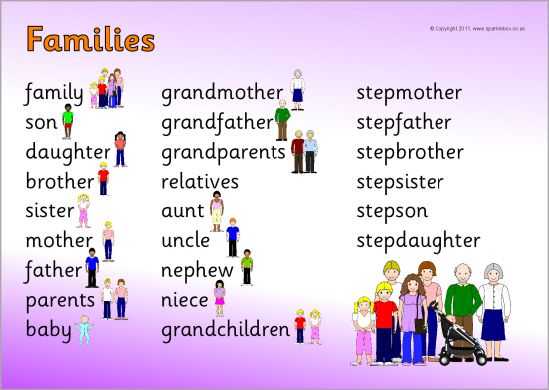 Ask the whole family for their input about what they want to do. This way, everyone stays interested and involved in creating the rituals.
Ask the whole family for their input about what they want to do. This way, everyone stays interested and involved in creating the rituals.
3. Make Time for Your Family Ritual
Set aside time for your rituals and prioritize that time with your family. Below are ideas for daily, weekly, monthly, and annual family rituals you can do, as well as for special occasions.
They can be as simple as a moment or as extensive as a whole trip.
4. Be Flexible
Lastly, remember to be flexible.
As the years go on, you may need to alter the family rituals. People often feel sensitive about sticking to rituals and keeping things unchanged to uphold the sanctity of these rituals. In reality, they should evolve with us as and move through life!
daily Family Ritual Examples
1. Dinnertime
In just about every home, dinner becomes a must-have time to be together as a family. A part of every day, it’s a no-brainer way to integrate routine into your family.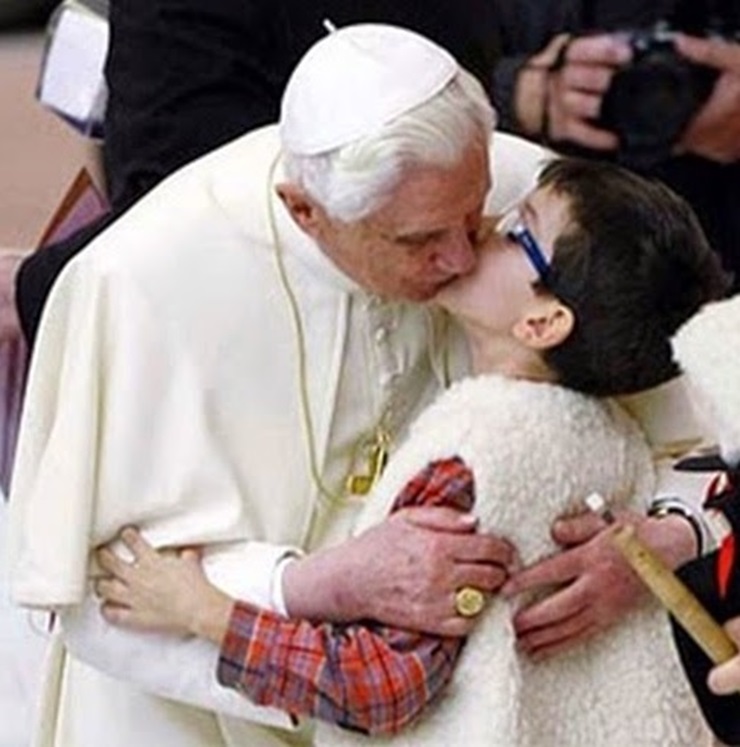 Get everyone involved by giving them a task to do, such as setting the table, doing dishes, chopping the vegetables, etc.
Get everyone involved by giving them a task to do, such as setting the table, doing dishes, chopping the vegetables, etc.
While eating, you can also add in rules such as no electronics and daily check-ins to keep everyone engaged and connected.
2. Chores
You may not think of chores as a family ritual, but not every activity is going to be one that has your kids leaping for joy!
Chores are important for teaching responsibility and establishing a routine in a child’s life. You can try creating a chore chart to keep track of everything that needs to be done.
Designating times for the family to do all chores together (every day or every week) also helps make it an activity everyone can participate in.
3. TIDYING UP
It’s a lot easier to tidy up when there’s more than one person doing it.
You can teach kids to start tidying up after themselves no matter how old they are. You can even make it into a game to see who can put away their toys faster or get their room the tidiest for a prize.
Organization gurus also recommend incorporating tidying resets into your daily or weekly schedule. Carve out some time before bedtime to pick things up, put objects away, clean the countertops, and refresh your living space. It makes a big difference!
If you want more tips and help with this, be sure and check out this list of the ten most popular organization blogs for families!
4. Daily Reflections
When things get busy, something as simple as making sure to check in with one another is a great way to stay connected. Choose a time of day that works best for your family (bedtime, dinner, the car ride home from school, etc.) to talk about what happened that day.
Ask fun questions and make sure to listen rather than guide them through what to say. Also, talk about how your day went and your feelings. It’s good for kids to hear that their parents have thoughts, feelings, struggles, and triumphs as well.
Adding in daily gratitude can also make bad days feel a little less sour.
5. Activity Time
Part of the day should always be dedicated to getting a little bit of physical activity in. So why not do it as a family?
Put aside time every day to be active together. Go on a family walk, play at the park, toss the ball with the dog in the backyard, or do other fun and simple activities you can all enjoy together.
6. Meaningful Interactions
Sometimes, families can have their own little secret codes. Having this with your family brings a sense of belonging and a unique thing to share with one another.
This can be anything from cool handshakes, kisses before bed, cuddle time on the couch, or even a special way of saying goodbye.
Just a small moment can mean a lot to a family.
7. Meditation
In the same way that you should be active every day, you should also have a moment of peace and quiet.
Meditation can mean any quiet moment of reflection. AKA, it doesn’t have to be your traditional closing the eyes and deep breathing (though it certainly can be). Others may also use this time for prayer as a family.
8. Storytime
So many fond childhood memories come from cuddling up and reading books together. You may have favorite picture books to read together, new ones from the library, or a chapter book series you read aloud.
Even just five minutes of reading together can make all the difference in learning and is a great opportunity to spend time together as a family.
Examples of BED AND NIGHTTIME Rituals
Do you brush your teeth before PJs or after? Does the evening consist of a goodnight song or bedtime story? Do you tuck them in and check for monsters under the bed?
Establishing a bedtime routine is a must for little ones and becomes an important part of the day for families to be together with their full attention.
Here are some ideas for bed and nighttime routines to start as a family.
1. Soothing bath
Warm baths are not only relaxing, but they also help prepare the body for sleep. Add some soothing aromatherapy or lavender bubble bath to the bathtub to create an even more calming atmosphere.
The “Lavender Lullaby” 3-in-1 kids soap below is our personal favorite; its body wash, shampoo, and bubble bath all in a single bottle!
READ 10K REVIEWS ON AMAZON
2. NIGHTTIME HYGIENE routine
Routines teach kids important life skills and make good hygiene a habit. Most nighttime hygiene routines include a combination of the following.
- bath or shower (optional)
- brush teeth
- floss
- wash and dry face
- moisturize skin
- diaper change
- use the toilet one more time before sleep
Don’t forget, depending on the age of the child, there should be one last diaper change or potty break before bed to reduce the likelihood of nighttime accidents.
3. read a Bedtime story
This is a great way to wind down before sleep and spend some quality time with your child. If you don’t have time to read a whole book, try reading just one or two chapters. You can also take turns reading with your children if they’re old enough.
Another option is to listen to an audiobook together. This is a great way to keep book clutter to a minimum while still enjoying lots of books! You can just snuggle up and listen to the story.
FIND OUT MORE: Parents can test drive this hack for themselves with a free 30-day trial of Audible and get access to popular series like Harry Potter, The Chronicles of Narnia, How to Train Your Dragon, and more.
4. Turn on the nightlight
This is another bedtime ritual that helps both kids and adults sleep better!
A small nightlight in the room can help ease fears of the dark and provide a sense of security. If your child is old enough, you can even let them choose their own nightlight.
Kids will feel safer and less scared, which means they’ll be less likely to call out for you in the night. Believe me, been there, done that, and lost a lot of sleep!
Our personal favorite is the Lumipets soft bunny nightlight.
Not only does it have plenty of color options that kids love, but it’s soft and squishy enough for them to play with and not hurt themselves! It’s a nightlight that doubles as a play friend – super fun!
It even comes with a remote control and timer setting so you reduce battery wastage. This handsome gentleman often comes out to play with my boys during the day and also made this list of the ten best minimalist toys for kids if you want to read more.
CHECK PRICE ON AMAZON
5. tuck them in
This is a family ritual that can be done every night without fail. It’s a great way to end the day on a positive note and gives you some quality one-on-one time with your child.
Get your kids snuggled into bed and then pull the covers up tight, tucking them around their sides. Don’t forget to tuck their favorite stuffy in with them!
6. sing a song
Singing is a great way to bond with your child and it’s also a fun way for them to learn! Choose a simple song that you can both sing together.
You could even make up your own family song!
At our new home, we realized how much fun it was to watch the bats fly around together and eat insects in the darkening evening sky. We made up a cute little song about them that we sing together as we watch them. 🙂
7. Say a prayer togetherSaying a prayer together is a great way to show your child how important their faith is to you. It’s also a great way to teach them about the power of prayer.
Choose a simple prayer that you can both say together; Now I Lay Me Down to Sleep is a popular choice for young children.
8. Share sleep sand from DreamlandThis is something that my grandfather used to do for me after he tucked me into bed at night when we had sleepovers at their house.
He would sneakily reach into his pocket, pull out the imaginary “sand” that he got from The Sandman, and then pretend to toss it into my eyes. How we would giggle about it together!
Grandpa always told me that the sand from Dreamland would help me sleep better and you know what? It always did!
Weekly, Monthly, or annual Family Ritual Ideas
1.
Some classic games like Clue, Life, Charades, Pictionary, and Monopoly just never go out of style. No matter the age of your kids, there are plenty of games you can enjoy together as a group. Game nights are a good way to entertain everyone, all while unplugging from electronics.
Plus, it’s a low-pressure activity for those who are stressed or overwhelmed, as all you need to do is focus on the game.
2. Connecting with Relatives
If you have loved ones who live far away or that you don’t see often, it can be great to talk to everyone as a group. Set the same time every week or month (such as Sunday night or the first Monday of the month) to talk with some of your loved ones all together.
Not only does this strengthen family bonds with immediate family, but it keeps yourself and the kids connected to extended family as well.
3. Weekend Activities
Celebrate the weekend and all the extra time that comes with it by doing something together as a family. Make an effort to do something every weekend.
This could include a special pancake breakfast, a trip to the local pool, a hike at your favorite family spot, or any other activity that you may not find yourself able to do during the week.
4. Themed Food Nights
Make dinner slightly more special by adding a theme. This can be something like taco Tuesday or Pizza Friday. You could also assign specific days of the week to different family members, giving them the responsibility to cook dinner or the opportunity to choose what to eat that night.
Or, you can designate certain nights for experimenting or trying new dishes from around the world. There are so many fun ways to make dinner a memorable family ritual.
5. Movie Nights as a Family Ritual
If you’re going to do screen time, you should do it all together! Take turns picking the movie and make sure that everyone has their input about what to watch. That being said, it’s not a bad idea to let everyone expand their movie-watching horizons a little bit!
After the movie, talk about it. What did they like? What didn’t they like?
6. Self-Care Day
We often don’t think of self-care as a group activity, but as it often gets ignored, doing it all at the same time ensures that you remember to dedicate time to it.
Self-care activities could be as simple as a quiet time for reading or playing or even a full day dedicated to having a digital detox challenge.
7. Volunteering
If you want to teach your kids the kindness and power of volunteering, lead by example.
Volunteering together allows your kids to truly see the importance of being selfless and dedicating time to helping others. As a family, you could volunteer at a nursing home, food bank, animal shelter, recreation center, and more.
8. Family Reunions
Gathering the whole family together can get complicated. Finding a time and location where everyone can meet can be difficult for large families who live in different areas. Therefore, family reunions work wonderfully to encourage everyone to get together at the same time.
To execute this, plan in advance.
Give everyone lots of notice so that everyone can make it. This allows the extended family to see everyone in person. And then make it known you plan to do it again the following year, so everyone recognizes it as a new family ritual!
9. Talent Show
Talent shows are a fun way to bring the family together for a special night. Let everyone prep their own activity such as singing, comedy, dancing, puppets…you name it!
Or, it could even be as simple as show and tell. Let everyone in the family present one of their most prized items so that everyone can appreciate it.
Talent shows can be hosted without notice or after weeks of preparation. Both are fun, either chaotic or perfectly performed.
10. Annual Trip
Nothing brings people together like traveling. Yes, there are moments where you’ll take the wrong turn and stop for bathroom breaks every five minutes, but you can also see amazing sights and faraway places together.
Make an effort to go somewhere together as a family at least once a year, whether that’s on a plane, to see the grandparents, or on a quick camping trip out of the city.
RELATED POSTS:
- 50+ Best Experience Gifts for Kids for Memories That Last FOREVER
- How to Travel Like a Minimalist: 20 Genius Tips to Pack Less for More Fun
11. Invent Holidays as a Family Ritual
Just because it’s not on your traditional calendar doesn’t mean you can’t enjoy it. These ‘invented’ holidays often are the most fun to celebrate as a family. It can be the dog’s birthday, the first full moon of the year, international pizza day, the first day of spring, or even the anniversary of when you first moved into your house.
Since it’s likely that no one else is celebrating the day but your family, it feels that much more special.
Family Ritual Ideas for Holidays & Special Occasions
From birthdays to Christmas, Easter to the 4th of July, many family rituals revolve around these special days. It can include the specific food you cook at dinner, the decorations you put up together, the people you spend it with, and so much more.
The important thing about holidays is that you make them uniquely special to your family. If you don’t have any specific traditions surrounding holidays, now is a good time to start!
Simply do it once this year and make it a goal to do it again the following year.
Here are some of the most popular holiday rituals, traditions, and ideas for celebrating them to bring your family closer.
1. St. Patrick’s Day- wear green
- pinch anyone who isn’t wearing green
- eat corned beef and cabbage
- make green foods and drinks
- listen to Irish music
- make homemade Valentines
- exchange chocolates – or make them together!
- have a family heart-to-heart conversation
- eat foods that are red or heart-shaped
- watch a romantic movie together
One of the favorite Easter traditions passed down in my family is holding an egg cracking contest – the winner is crowned the egg champion!
To do this yourself, just grab an egg and challenge someone else and their egg. One person holds the egg pointy side up and the other cracks their egg onto that egg, pointy-side down.
Whoever’s egg doesn’t crack is the winner! Repeat until there are no eggs left or people are too full to eat any more eggs.
Here are more Easter ritual ideas:
- dye eggs together
- making jello jiggler eggs (my kids love them)
- have an Easter egg hunt
- create an Easter tree with colorful egg ornaments
- make Easter baskets for each other
- eat lots of chocolate
- go to church
- have a family dinner together
- breakfast in bed
- heart-shaped pancakes
- give cards or gift cards
- have a picnic
- do a photoshoot
- make a gratitude list for mom
- have a barbecue
- eat watermelon
- write with sparklers in the air
- watch fireworks
- go to a parade
- play games together
- have a water balloon fight
- make patriotic crafts
Halloween is one of the most popular holidays, so it’s easy to get into the spirit and celebrate. (See what I did there?)
- carve pumpkins together
- roast pumpkin seeds
- have a Halloween themed dinner
- get dressed up in Halloween costumes
- go trick-or-treating
- bob for apples
- visit a haunted house
- tell scary stories
- watch scary movies
- light a campfire or bonfire
- make pumpkin pies
- teach your kids the “secret” family recipes (in my family, it was oyster stuffing)
- have a big family dinner
- eat turkey and stuffing
- take a nap
- break the wishbone
- watch the Thanksgiving Day Parade
- go for a family walk or hike
- go around the table and have everyone share what they are grateful for that year
- sing Christmas carols together
- drink hot chocolate or eggnog
- put up a Christmas tree together
- make an advent calendar
- make homemade decorations for the tree
- hang the Christmas stockings over the fireplace
- decorate with lights
- string popcorn and cranberries to make garlands
- exchange gifts
- set out milk and cookies for Santa Claus
READ MORE: 20 Minimalist Christmas Tree Ideas for a Simple & Lovely Holiday
9. Hanukkah- light the menorah
- eat latkes (potato pancakes)
- enjoy sufganiyot (jelly donuts) together
- play with a dreidel
- exchange gifts
- have a family dinner
- give the kids sparkling grape juice to toast
- write down your New Year’s resolutions together
- watch the ball drop on TV
- kiss someone at midnight
- have a champagne toast at midnight
- ring a bell or set off poppers
As a multicultural family, we’ve adopted quite a few traditions from my husband’s Chinese culture, one of which is celebrating Chinese New Year!
Here are some lunar New Year rituals:
- clean the house from top to bottom
- decorate with red items
- host a big feast together
- eat lucky foods like dumplings and oranges
- give children lucky money in red envelopes
- watch dragon or lion dances
- set off fireworks
- the person celebrating their birthday picks their favorite dinner or restaurant
- give the guest of honor a crown or tiara to wear
- sing “Happy Birthday” in as many languages as you can
- blow out the candles
- eat cake and ice cream
- open presents
- take turns sharing what you love about the birthday person
Final Thoughts on Family Ritual Ideas
Whether it’s a big annual trip or just a small moment of your day, being intentionally together as a unit can easily become a family ritual that will strengthen your bond. Embrace the opportunity to grow closer and know each other more, while making those lasting memories.
Do you have any specific family rituals that you would love to share? Please them in the comments below!
Save these family ritual ideas on Pinterest for later!
Family rituals - Psychologos
Family rituals are the unwritten laws of the family, reproduced by virtue of habit and belief. that's right. Every family has its own rituals - these are the little things that are always done and about which no one is discussing whether it should be done or not. This refers to such trifles as greetings and goodbyes, taking off shoes when entering an apartment, washing hands before eating, brushing teeth, buckling in a car, etc.
Family rituals are observed only if all family members do them. For example, you can teach your son to sit on the toilet only if the father does. Or “every morning will start with a healthy breakfast” - will not become a ritual if you yourself walk around in the morning with a cup of coffee and a cigarette in your mouth.
Good and bad family rituals
Not all rituals are good. Many repeat after their parents: “Get your elbows off the table!” “They don’t talk over food!” "Children should be silent when adults are talking." Even beating a child who has been at fault was a ritual in many families.
Only those rituals are good that help community and mutual support. Examples of good rituals:
- Good morning - and a kiss!
- Shared meal. If possible, it is very good to gather at a common table once a day - both for eating and talking! If everyone makes their own sandwich, lunch is microwaved individually, and dinner is in front of the TV, the community is lost.
- Family evening ritual. It's great when a family has such a regular evening ritual: always at the same time, always the same way. It ends with a common game or a fairy tale, the child can rely on a good end of the day and rejoice, anticipating it See →
- Family obligations of the child.
Small duties, feasible for a child, can also be a ritual. Making the bed, unloading dishes from the dishwasher. It is best that this be a permanent task at the same time.
- Time for a child only
Rituals: why does a child need them?
Author of the article Anna Ponomarenko
Preschool children are very fond of rituals. It is important for them to know what, when and in what sequence will happen, see →. First I watch Good Night, Kids, then I go swimming, then I put on my pajamas, my mother brings me milk, I hug the bear, my mother covers me and kisses me. Everything is fine, everything is as always, you can sleep. But if suddenly the bear hits somewhere or mom is talking on the phone and still doesn’t go to kiss - the guard. The child cannot fall asleep, spins, cries, toils. These are not whims - he is really ill. Smart parents know that it is useless to shame and exhort - it's easier to turn on the light, declare a family emergency and find the bear.
It should be noted that ritual behavior in older children and adults can be a cause for concern (see →), while in preschool age it is completely normal.
Here are examples of such rituals in children:
- drink (or eat) only from your favorite cup (from your favorite plate)
- the child refuses to throw away old shoes that are already too small for him, even if you bought him new ones
- desire to listen to the same story many times
- desire to watch the same cartoon many times
The rituals of meeting and parting are especially important. This will come in handy when the baby goes to kindergarten or school. A special kiss or handshake, high five (greeting with hands or fists), tickling, winking, etc. In unfamiliar situations, rituals help overcome stress. If your daughter or son loves to read books at night, be sure to grab a book when you fly to another country by plane or spend the night in a hotel or at a party.
Rituals help family members feel like family. Every family, no matter what it is - extended or nuclear, ordinary or large, or even Swedish - has its own "jokes", customs, traditions. Rituals strengthen family values, unite the family, especially in unstable times.
Video from Yana Schastie: interview with professor of psychology N.I. Kozlov
Topics of conversation: What kind of woman do you need to be in order to successfully marry? How many times do men get married? Why are there so few normal men? Childfree. Parenting. What is love? A story that couldn't be better. Paying for the opportunity to be close to a beautiful woman.
Family rituals: why they are needed
Families differ from each other not only in the number of children, wealth and place of residence. Each family has its own traditions, customs, habits, legends that unite all its members and allow them to feel like a single whole. Such family rituals often constitute the most precious memory of childhood, which remains with a person for life.
Rituals are not a daily routine. Symbolically, rituals help to voice and convey to children the thought: “This is who we are, this is what we are, this is what we value and love”, provide a link between generations. And the daily routine is just a list of what needs to be done in order for life to go on as usual.
For example, a child goes to bed every day at nine o'clock in the evening - this is an element of the daily routine. But the special words that a mother says to her son before going to bed, a kiss, a song or a joke, reading a fairy tale, or even a moment when a mother tucks a blanket around her daughter to make her feel comfortable - this is personal, additional, this is a ritual.
Why rituals are important
“Family rituals allow you to create or restore a friendly atmosphere in the home, cohesion between family members, give a sense of confidence and stability, and are the basis for raising children,” says psychologist Natalia Vishnevskaya. - Good family relations, mutual understanding and respect, common goals and interests - all this and much more is formed thanks to family rituals. Their observance affects the formation of their own identity in children, affects their health, academic achievements, further work and satisfaction with life in the family.
Maintaining family rituals during difficult times, such as when parents divorce or move to another city, reduces conflict and helps the child adapt to change. Rituals provide a sense of security in a turbulent world and contribute to a positive perception of change, work as a comfort in a stressful situation.
Natalia Vishnevskaya, psychologist
For example, the tradition of sending postcards for the New Year or from travels, congratulating relatives and friends over the phone on all holidays reflects the value of support, gives the feeling that we are not alone. The tradition of feasts reflects the idea of the strength of family ties. It is important to hold such festive feasts according to a certain scenario, where there is a place for competitions, games, and even simple theatrical performances in which all family members take part. Family customs help the child feel that he can count on the help of loved ones, that he will not be left in trouble, they will stand up for him, he has someone to rely on.
Where rituals come from and how to create them
Some family rituals can be passed down from generation to generation, from grandparents, for example, to celebrate some significant holidays in a special way - religious, state or domestic. One of the common rituals in families with small and not very children is reading at night or a heart-to-heart conversation before going to bed with a discussion of the events that took place during the day. But each family can come up with their own, unlike others, special ritual, which can later become part of the family tradition, family traditions.
The point of a ritual is to stick to it all the time, so when creating new rituals, choose something that will please everyone and will not require much effort to perform.
Rituals can change over time, and this is not bad, but on the contrary, it shows that the family is a living organism, a structure where people can listen and hear each other. “For example, teenagers may get bored with weekly dinners with relatives at some point, and they should not be forced to attend these dinners,” advises Natalia Vishnevskaya. “From now on, it will be weekly dinners with relatives without children.” Perhaps later, a teenager who has turned into a young man will remember the old ritual of having dinner with his family every week and appreciate it in a new way, return to it.
7 ideas for family rituals
1. Joint housework turned into a game. She will teach children responsibility. In addition, helping adults, children will feel needed, special. For example, each member of the family is assigned a task when setting the table: someone takes out plates, someone lays out napkins, someone puts cutlery. This can be done to your favorite music in the family.
2. Family volunteering. You can do good deeds with the whole family in an animal shelter or in a nursing home, in any charity organization you like that needs volunteers - the main thing is that adults have a desire to show their children the importance of empathy.
3. Family hug time. There is a ritual that helps the family to slow down after work and school and have a good time together. Every time the family gets together at home, they all get on the sofa together and hug for 5 minutes. It's called Family Hug Time.
4. Morning and evening greetings. For example, say to your son in the morning: “Good morning, my dear!” or in the evening of the daughter: “Good night, princess!” Warm words, cute nicknames and hugs from parents are the key to a child's good mood, his high self-esteem.
5. Sunday breakfast for the whole family when no one is in a hurry. During breakfast, you can chat about how the week went: what new children learned, what adults saw new, discuss plans for the future.
6. Cooking your favorite holiday food together. For example, baking a cake according to a grandmother's recipe or making dumplings for the New Year's table with the whole family is also an opportunity for family members to communicate, joke and strengthen ties.

